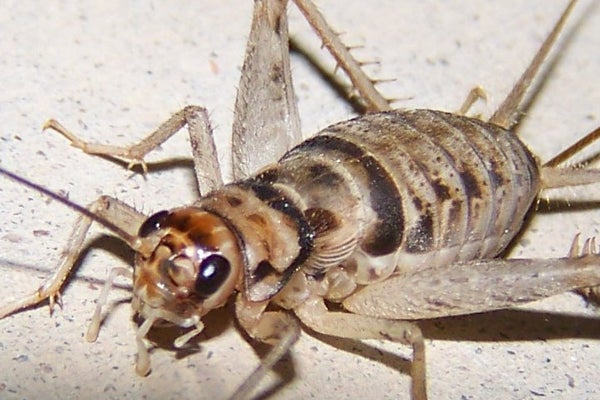Nighttime tunes get hopping
Published 8:19 pm Tuesday, August 16, 2011
Marengo County residents accustomed to enjoying quiet evenings at home may have noticed a little less quiet these days thanks.
Heat and dry weather have brought more crickets than normal out in search of water, meaning an increase in volume from their chirping songs.
“What most people are seeing right now are field crickets and house crickets,” said Marengo County Extension Coordinator Kathryn Friday. “Field crickets are commonly found in fields, pastures, and in yards where they feed on a variety of plants. They are dark brown to black and have rounded wings that almost cover their body and are known for their singing.”
An old wives tale says that you can estimate the approximate temperature in degrees Fahrenheit by taking the number of chirps in 15 seconds and then adding 40 but field crickets that invade the home can be pests.
“They damage fabrics such as cotton, linen, silk and wool,” Friday said. “They tend to feed on material soiled by food or perspiration thus you often find them in your dirty clothes hamper. They are strongly attracted to light and often enter homes when the house is lighted at night.”
House crickets are light yellowish-brown with three dark bands behind the head, and long, pointed wings. House crickets are common outdoors and are particularly common around garbage dumps.
“Like field crickets, house crickets are strongly attracted to light,” Friday said. “They feed on plant material and dead or weakened insects. They can also feed on fabrics, and can cause severe damage if they are numerous.”
Crickets are usually just a nuisance in homes.
There is no single, perfect solution for management of crickets, but there are some things you can do.
“The first area in control is to limit areas where crickets gain access to buildings from outside,” Friday said. “Do this through exclusion, sanitation, and habitat modification.”
If non-chemical methods are not sufficient, it may be necessary to use an insecticide, especially if large numbers of crickets are entering your home.
“Be sure the product you choose is labeled for use around buildings,” Friday added. “Spray around the outside of your home in a band along the foundation and the ground.”
Inside you might try sticky traps.






